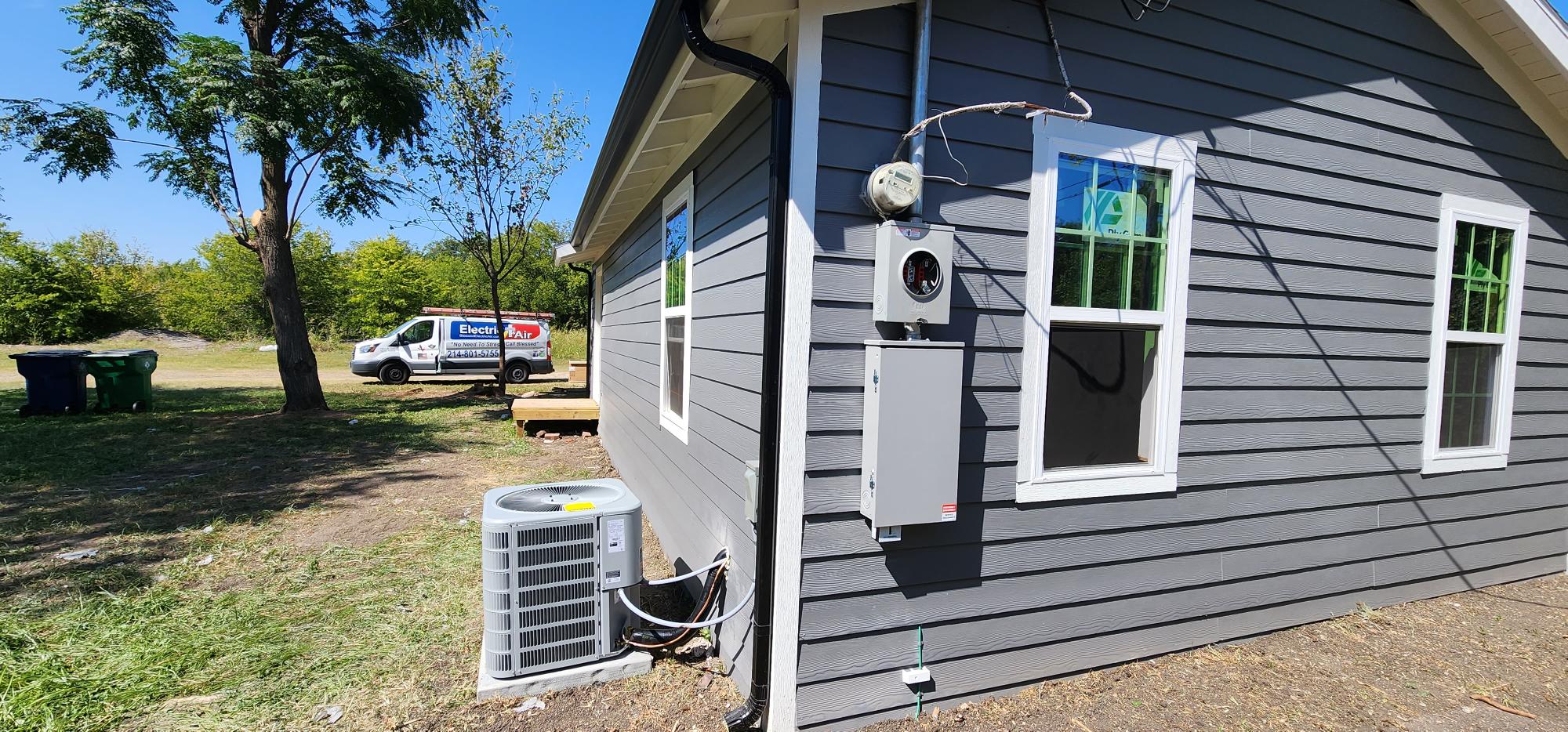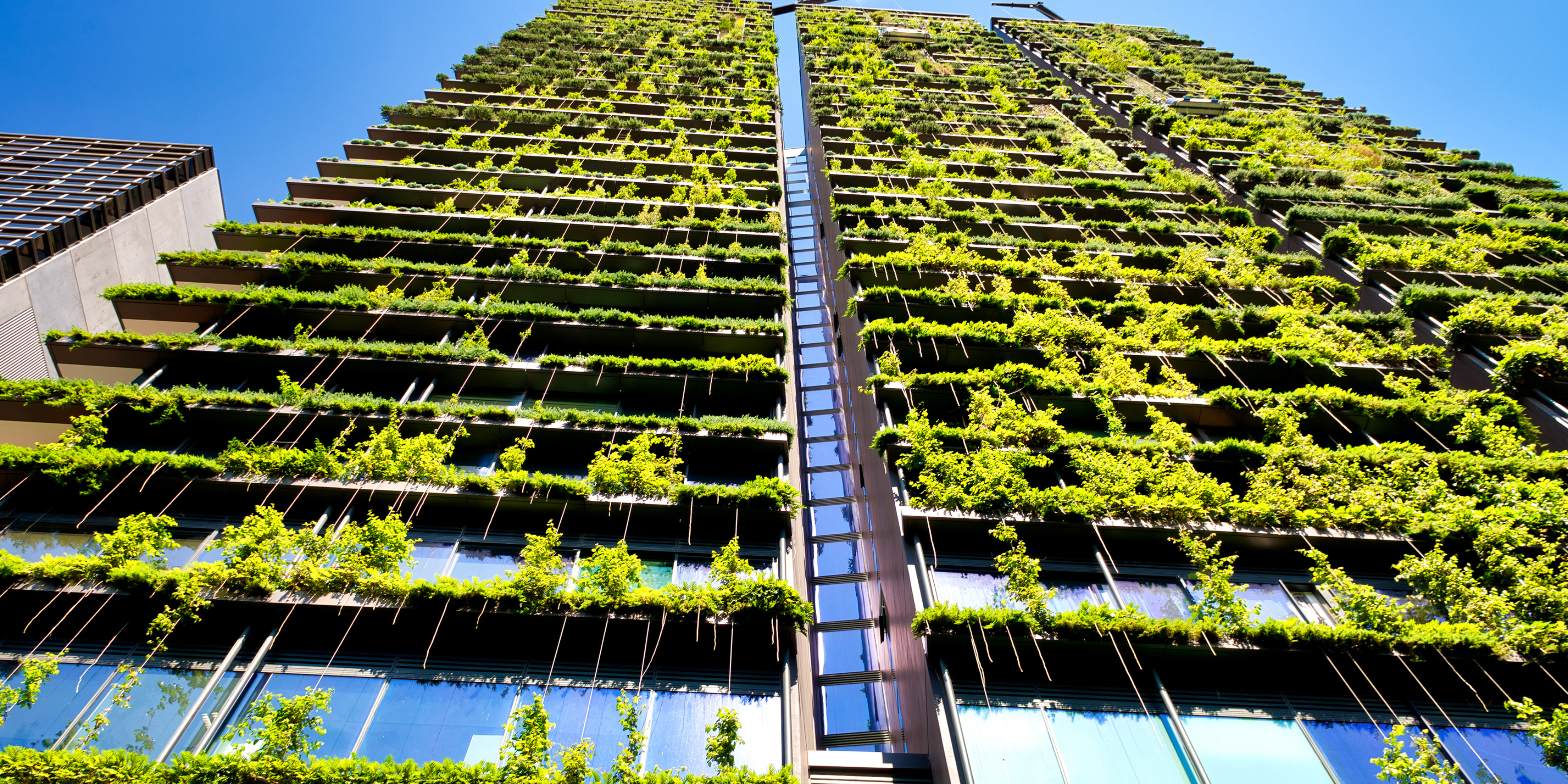HVAC systems, including air conditioners and heaters, control the air in your home. Your HVAC system is likely to be efficient if you schedule maintenance (ideally in the spring and fall) and stay up-to-date with heating and air conditioning maintenance. The unit may also be outdated – most last about 15 years – or have low-quality parts that reduce its performance. It might be possible to dramatically improve your heating and cooling performance by adding a few upgrades or modifications.
In contrast, if it’s been a while since you’ve scheduled a maintenance appointment, your DFW HVAC system is likely due for repair or replacement. This is a great time to upgrade your system. Nonetheless, it remains to be seen what HVAC upgrades are most beneficial to your system. Creating the best heating and cooling system for your home is a custom process – there is no one right answer.
Please contact LIBERTYAIR if you have any questions about upgrades. Your system can be inspected by our technicians and recommendations can be made according to your budget. You can book an appointment with our Irving HVAC company in Gainesville, and in the meantime, take a look at these four popular Arlington HVAC upgrades.
The First Step: Make Sure You Have A HEPA Filter
In order to heat and cool indoor air, Irving HVAC systems pull air from the outdoors. Hair, dust, mold spores, and other airborne particles are collected by HVAC filters, which prevent larger debris from damaging the system.
However, not all filters are created equal. The more MERV (Minimum Efficiency Reporting Value) points a filter has, the better it traps airborne particles. A filter that works too well will actually prevent air from getting through. You shouldn’t just choose the highest MERV available, as there is a balance involved.
A 5–10 MERV filter is recommended for most HVAC units. A HEPA (high-efficiency particulate air) filter can be added to a DFW HVAC unit if indoor air quality (IAQ) is a priority. Your air conditioner or heater will produce hospital-level air filtration when you install a micron-sized HEPA filter that captures 99.97% of airborne particles.
There’s also a possibility that you won’t be able to convert your HVAC system to use a HEPA filter. The installation of a whole-home air filter might be an alternative IAQ solution in this case.
Step 2: Inspect the ductwork
A heater or air conditioner upgrade is not the only upgrade that can be made. A ductwork system will ensure that your air travels through your home efficiently, and that’s equally important as where it comes from. HVAC units are connected to registers (air vents) in various rooms around the house by ductwork, which runs through the walls, ceilings, and floors.
It’s easy to take ductwork for granted since it’s typically hidden by interior construction. Air ducts can sometimes become disconnected or shake loose over time, usually due to regular use, animal damage, or weather-related damage. By creating air leaks inside poorly connected ducts, not only does the flow of warm or cool air in the home diminish, but the conditioned air is also wasted because it is channeled to places no one can use it. Improved airflow and distribution can be achieved by upgrading some or all of your ductwork.
Air ducts can also become infiltrated with pollen, mold, and pest debris at the end of the season. However, airborne particles can be trapped before they enter your house by installing in-duct air purifiers.
Step 3: Make the switch to HVAC zones
In a large household, finding an agreeable DFW HVAC setting can be challenging since some people run cold while others run hot. A zoned HVAC system can solve the problem if you and your family constantly argue about the thermostat setting.
In most homes, there is only one system of ductwork. There are other reasons why one room may feel warmer or cooler than another – for example, the distance that the air travels from one side to the other results in inconsistencies. Zone dampers, however, can be used in a zoned system to control multiple zones of the house according to their preferences. For example, you can turn up the AC in the kitchen to counter the heat from the stove, but keep the bedroom cozy and warm.
A common problem in two-story homes is that upstairs and downstairs have completely different temperatures. The good news is that zoning lets homeowners create complementary settings within each room so they can live comfortably.
Step 4: Set Up Your Programmable Thermostat
You might be getting less-than-optimal heating and cooling results if you use a manual thermostat. You can use your heater and air conditioner in new ways with new programmable thermostats that aren’t just more precise, but also have custom settings and features.
When you’ve left for vacation and forgotten to turn off the air conditioning, have you ever returned home to an outrageous energy bill? You don’t have to worry about it with a programmable thermostat. Besides saving energy, you can control all the settings from your smartphone, tablet, or laptop while you’re on the go.
By making your home modern and improving functionality, high-tech thermostats enhance the value of your home. You can operate a programmable thermostat even if you’re not tech-savvy. You’ll be able to use your programmable thermostat once we install it.
Some people don’t upgrade their thermostats because they’re nervous about installing them. You don’t have to worry. LIBERTY AIR replaces thermostats and installs air conditioners.











